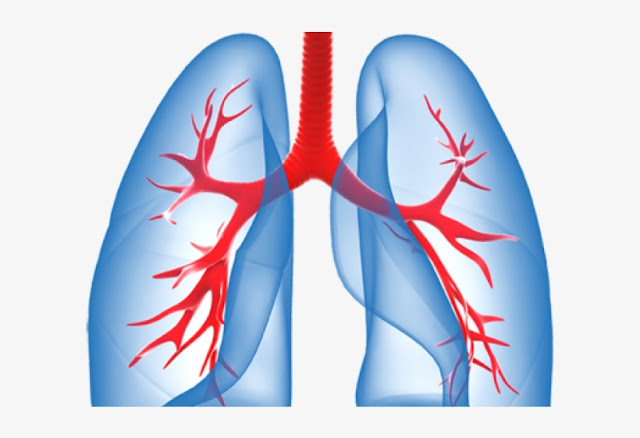Firstly let me say that Interstitial lung disease is a very rare complication.
In a small percentage of people with Sjogren's syndrome, 9–20% of cases, various respiratory symptoms develop. The most common one is chronic interstitial lung disease (ILD).
In simple terms, it means that the lungs might become scarred making it harder for oxygen to enter the blood which results in shortness of breath.
The symptoms of interstitial lung disease according to Cleveland Clinic are:
- Shortness of breath
- Coughing, typically nonproductive
- Decreased exercise tolerance
- Fatigue
- Weight loss
Sjogren's syndrome associated ILD is more common in men, older patients, and smokers. ANA positivity is also a potential risk factor. ~ 2018 study.
ILD may be progressive but it may stay the same. Some treatments may improve symptoms temporarily or slow the disease's progress. Others help improve quality of life.
Find out about the diagnostic tests and treatments from the Mayo Foundation.
TIP: Make sure your doctor listens to your lungs with a stethoscope once or twice a year. The stethoscope is a device that helps listen to the internal organs, such as the lungs. As your doctor listens, they'll ask you to take deep breaths through your mouth. This means they are listening for sounds in the lungs such as crackling or wheezing.


Comments
Post a Comment